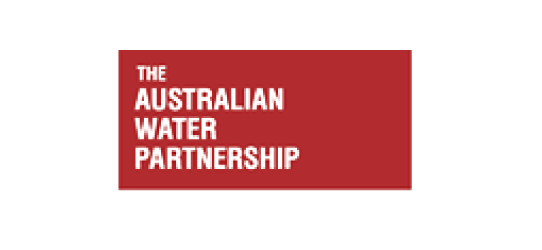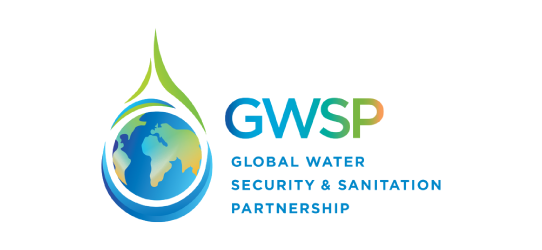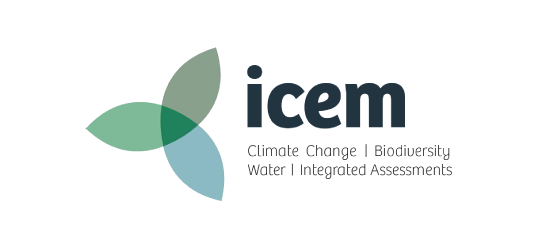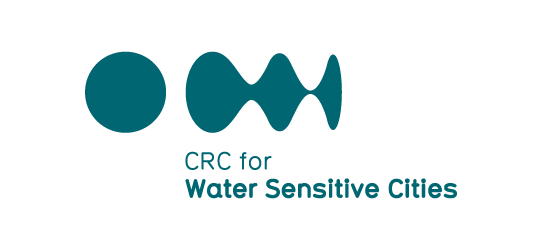






Introduction
Our future is urban. Cities fuel our economies, nurture innovation and have tremendous capacity to improve quality of life. More than half of the world’s population now live in urban areas- a figure which is set to increase to 68% by 2050. Particularly in developing country contexts, it is a major challenge for cities to provide the services that expanding populations need.
On their own, conventional or ‘grey’ infrastructure approaches – e.g. dams and levees – cannot deliver climate resilient cities at an affordable cost. Nature-based or ‘green’ solutions – constructed wetlands, raingardens and bioswales – can complement conventional approaches.
Integrated urban flood management (IUFM) provides a framework for identifying, comparing and funding grey, green and community-based solutions that respond to local needs and opportunities.
The benefits of hybrid solutions
From July 2020 to November 2021, national and international experts came together to apply the IUFM approach to 4 case studies in Thailand and Vietnam. Concept designs show what is possible, and the economic assessment provides the case for further investigation.
Each context had unique challenges and opportunities, yet the case studies demonstrate the significant and quantifiable benefits of a hybrid approach, and build the case for broader upscaling across the Mekong region.
The report for each case study is available below.
These case studies build on several completed in China (that demonstrate the IUFM framework) and practical applications of the INFFEWS Benefit: Cost Analysis Tool and Value Tool in Australia.
What are the next steps to wider, smarter application of NbS across the Mekong?
As part of a regional conference, we synthesised the lessons learnt from each location, and explored how to support wider, smarter application of NbS across the Mekong. In particular, the conference considered issues such as:
- What is needed to scale up application of NbS across the Mekong?
- Are the barriers scientific, community, engineering, economic, financial, governance/policy or all of the above?
- How can we achieve better integration of NbS, conventional and non-structural solutions?
- How can we strengthen collaboration?
This event took place on 24–25 November 2021.
Watch day 1 of the Conference:
Get in touch
If you have any questions, contact us at admin@crcwsc.org.au.
The project was established by the World Bank and the Australian Government Department of Foreign Affairs and Trade (DFAT), and was implemented by the Cooperative Research Centre for Water Sensitive Cities (CRCWSC) and the International Centre for Environmental Management (ICEM). It was supported by the Australian Water Partnership (AWP) as part of its Australia-Mekong Water Facility.
Get news in your inbox